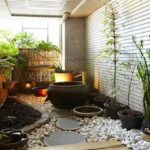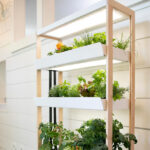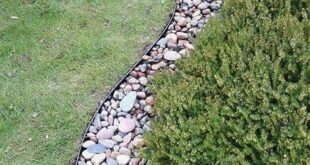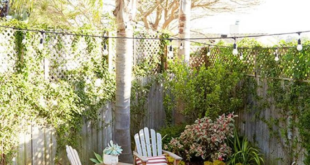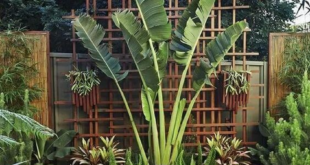Growing plants indoors can be a rewarding and fulfilling hobby. Not only does it add a touch of greenery to your home, but it also provides numerous health benefits such as purifying the air and reducing stress levels. If you’re new to indoor gardening or have struggled to keep your plants alive in the past, fear not – with the right knowledge and care, you can successfully grow plants indoors. Here are some tips to help you get started:
1. Choose the right plants: Not all plants thrive indoors, so it’s important to choose varieties that are well-suited for indoor growing conditions. Some popular indoor plants that are relatively easy to care for include pothos, spider plants, peace lilies, and succulents. Make sure to consider factors such as light requirements, temperature, humidity, and space constraints when selecting your plants.
2. Provide adequate light: Light is one of the most important factors for plant growth. Most indoor plants require at least 6-8 hours of sunlight per day. If you don’t have access to natural sunlight, you can supplement with artificial grow lights. Place your plants near a south-facing window where they can receive the most sunlight, or rotate them regularly to ensure even light distribution.
3. Water properly: Overwatering is a common mistake that many new indoor gardeners make. Make sure to water your plants only when the top inch of soil feels dry to the touch. Use a watering can with a spout to water your plants evenly, and make sure to drain any excess water from the saucer to prevent root rot.
4. Maintain proper humidity and temperature: Most indoor plants prefer a humidity level of around 40-60%. You can increase humidity by placing a humidifier near your plants, misting them with water, or grouping plants together. Keep your plants away from drafty windows or heat sources, and maintain a consistent temperature of around 60-75°F.
5. Fertilize regularly: Indoor plants may require additional nutrients to thrive. Use a balanced liquid fertilizer diluted to half strength, and fertilize your plants once a month during the growing season (spring and summer). Be careful not to over-fertilize, as this can cause nutrient build-up and damage to the plant’s roots.
6. Monitor for pests and diseases: Keep an eye out for common indoor plant pests such as aphids, mealybugs, and spider mites. Check your plants regularly for signs of infestation, such as yellowing leaves, sticky residue, or webbing. Treat infestations promptly with insecticidal soap or neem oil, and isolate infected plants to prevent the spread of pests.
By following these tips and staying attentive to your plants’ needs, you can successfully grow a lush and thriving indoor garden. Remember that each plant has its own unique requirements, so don’t be afraid to experiment and adjust your care routine as needed. With a little dedication and patience, you’ll be rewarded with the beauty and benefits of a flourishing indoor garden.




